While other parts of the world celebrate November 11th as 'Remembrance Day' (UK, Canada), 'Armistice Day' (France, NZ), and 'Veterans Day' (USA), for Poles the ending of 'The Great War' (World War I) was even more significant as it saw Poland finally regain its independence and return to the map of Europe after 123 years of being partitioned by Austria, Germany and Russia.
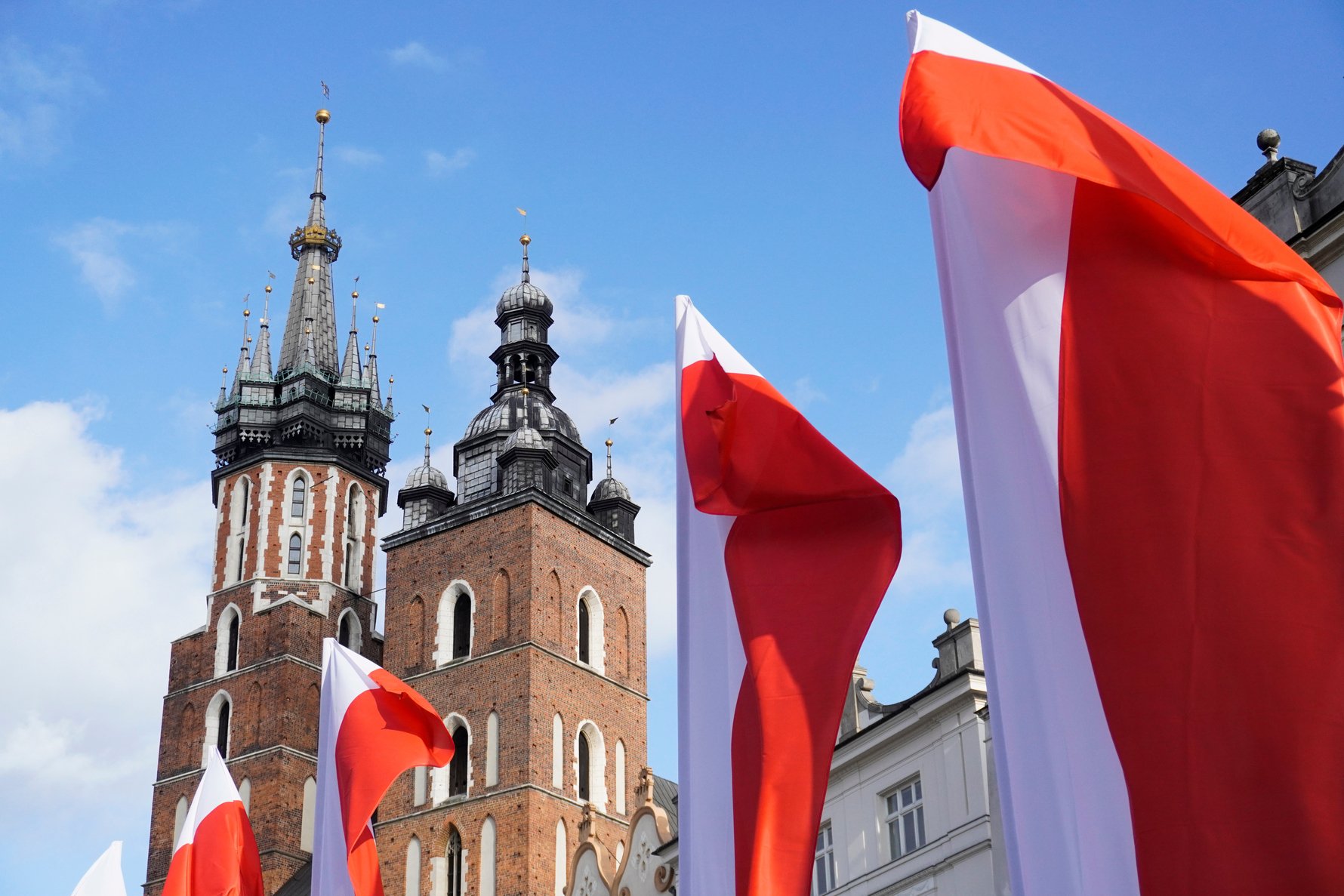
With the signing of the armistice between the Allies and Germany, famed military hero Józef Piłsudski was appointed as Commander-in-Chief of the Second Republic of Poland on November 11th, 1918. Piłsudski formed a new centralised government and went on to command Polish forces against Russia in the victorious 1920 Battle of Warsaw, a key turning point in the rebirth of the country. In true facepalm fashion, however, Independence Day was constituted in 1937 and celebrated exactly twice before World War II began and Poland found itself occupied again. In the communist era, the date of Independence Day was dubiously moved to July 22nd to honour the day the PKWN Manifesto - a document which basically asserted communist authority over Poland - was issued in 1944. After communism fell in 1989, the holiday was restored to its original November 11th date.
To add a bit of context on Polish independence, 2018 marked the 100th anniversary of Poland regaining its sovereignty, and 2041 will be the year that Poland celebrates 123 years of independence following 123 years without sovereignty. [This, of course, does not include the Nazi and subsequent Soviet occupations of Poland from 1939 to 1989, but let's put these debates about true independence in Poland to the side for now.]
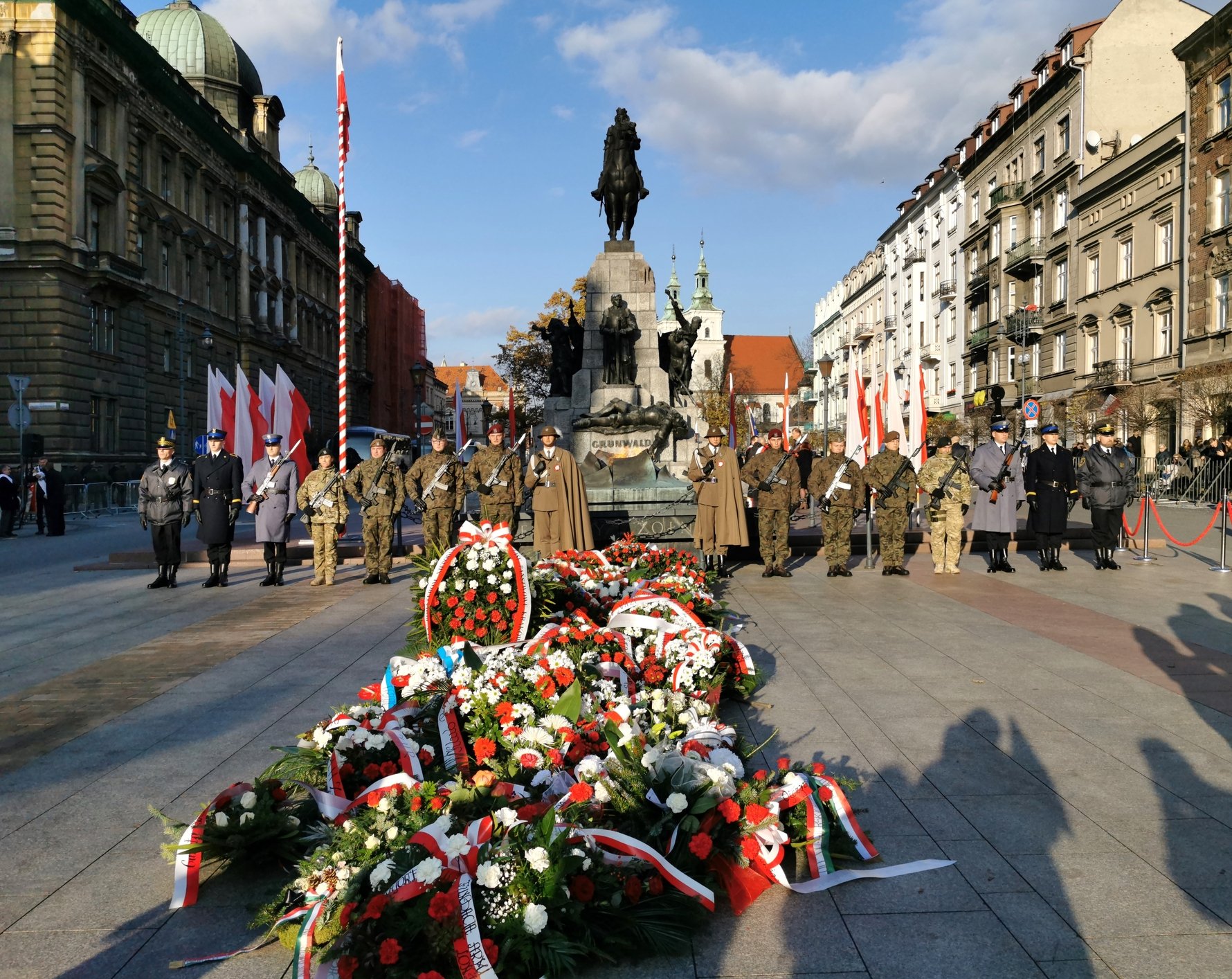
Photo by Elekes Andor.
Independence Day Parade in Kraków
If you're in Poland on this day you'll find that though a national bank holiday, most restaurants and bars will still be open on November 11; museums and shops on the other hand are closed. Marking the occasion of Independence Day in Kraków each year is a holy mass at Wawel Cathedral (10:00), followed by a very solemn military parade at 11:30 which follows the Royal Route down Kanonicza, Grodzka and Floriańska Streets from Wawel to Plac Matejki. In the evening things are a bit more lively as the Loch Camelot cabaret hands out free songbooks and leads the people in the passionate singing of old patriotic songs on Kraków's market square, accompanied by a giant projector with the lyrics writ large, beginning at 17:00. Grab some hot wine to lubricate those vocal cords and join in.Independence Day events and demonstrations also take place annually on November 11th in Podgórze on the aptly named Plac Niepodległości/Independence Square. It was here that the famous actions of Antoni Stawarz took place on October 31st, 1918, when he took command of an Austrian military post and set off the 'Liberation of Kraków.' For more details, follow the link.


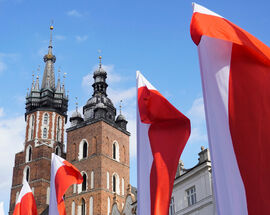


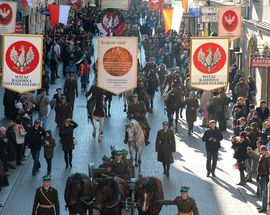
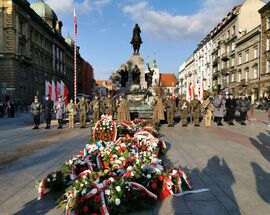

Comments